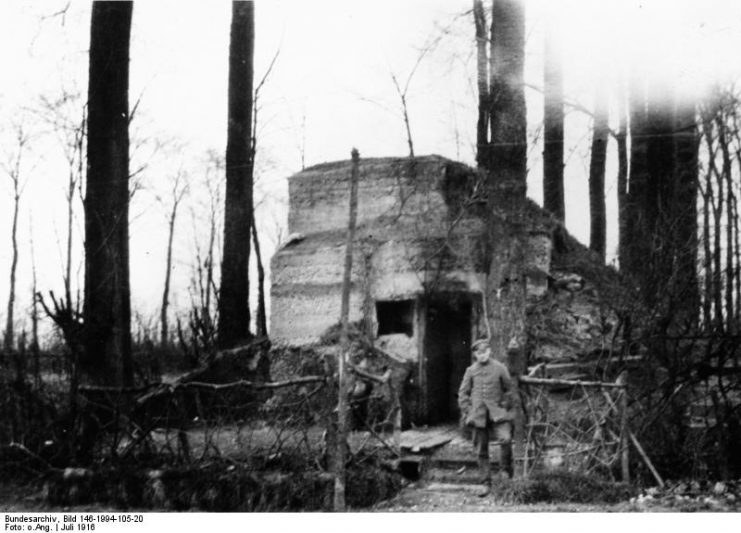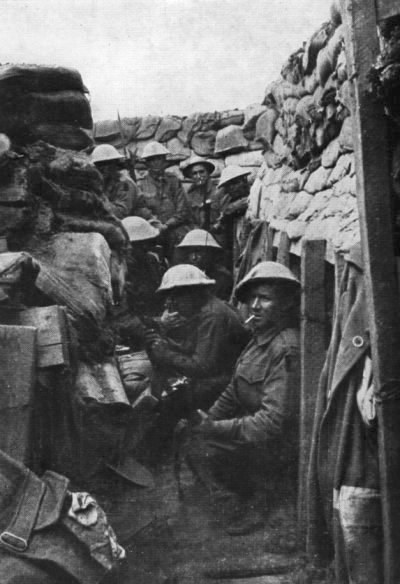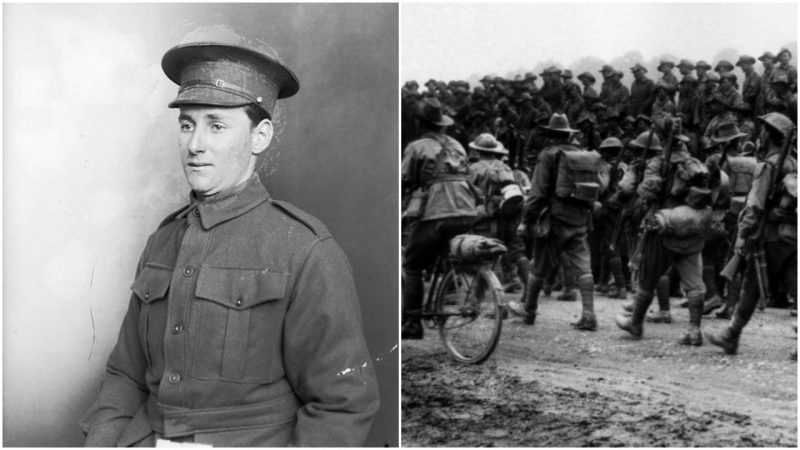This summer will be the 102nd anniversary of the Battle of Fromelles fought during World War I. With the continuing new improvements in DNA testing, and the cooperation of the German government, the hundreds of Allied soldiers, primarily Australian and some British, buried in a number of mass graves found in Pheasant Wood near Fromelles are now being identified.
The bodies are being re-buried with military honors in the Commonwealth War Graves Commission’s Pheasant Wood Military Cemetery at Fromelles and each will receive a new headstone as they are identified.
Nine of the bodies that have been recently identified were Australian soldiers. These men have been identified as Captain Kenneth Malcolm Mortimer, Private Henry Bell, and Private Stanley Richard O’Donnell of the 29th Battalion Australian Imperial Force. From the 30th Battalion, Private Claude Yeo and Private Henry Gardner.
From the 31st Battalion, Private James Robert Smith was identified and from the 55th Battalion, Corporal Alfred Thompson. Another soldier, Harry Willis, was the owner of a medallion presented to him by the members of his hometown when he went off to war. It was this medallion that was found and led to the discovery of the mass graves.

The cemetery, dedicated in July 2010, was established to receive the bodies from the mass graves discovered around Pheasant Wood. It is a neat and well-kept area surrounded by a low wall with five rows of headstones arranged in a V formation with space to add more bodies as they are found.
At the time of the dedication, the Fromelles Project had formally identified ninety of the two hundred and fifty men that had been found. That number has since increased to one hundred and fifty-four according to the Commonwealth War Graves Commission website.
It has been estimated by the Commonwealth War Graves Commission that up to one and a half thousand Australian soldiers and just over five hundred British soldiers were killed during the battle. Archeologists and DNA experts are present when the burial sites are excavated and have found thousands of personal effects and dog tags that have also helped identify the bodies. The German government returned the dog tags to the Red Cross so the descendants of each soldier could be informed.

The Battle of Fromelles was fought on July 19th and 20th, 1916, near Fromelles, a small village in Northern France. It was intended to distract the Germans and keep them from reinforcing their troops at the Battle of the Somme, a major battle of the war, which was being fought about fifty miles to the south. The attempt to fool the Germans turned out to be a complete failure. It started with a bombing attack that lasted for seven hours on an area that had already been abandoned by the Germans who were aware of the coming attack.
When the bombs stopped falling the Allies moved into the area for an infantry attack. The Germans had set up concrete reinforcements armed with machine guns. The young Australians were in their first battle of the war, having just arrived in France only days earlier and were quickly cut down by the hundreds as they tried to break the German lines. The killing wore on for hours, ending only once hundreds of dead bodies littered the “No Man’s Land” between the two armies.
The officers refused a cease-fire to collect the dead bodies, leaving them to decay in the hot summer sun. Because of the fear of disease, the Germans hastily dug about eight mass graves in Pheasant Woods and pushed the dead bodies into them, along with their kit and gas masks with no information taken regarding their identities. Now, over one hundred years later, they are finally receiving the honor they deserve, and their families finally learn the fate of their ancestor.
